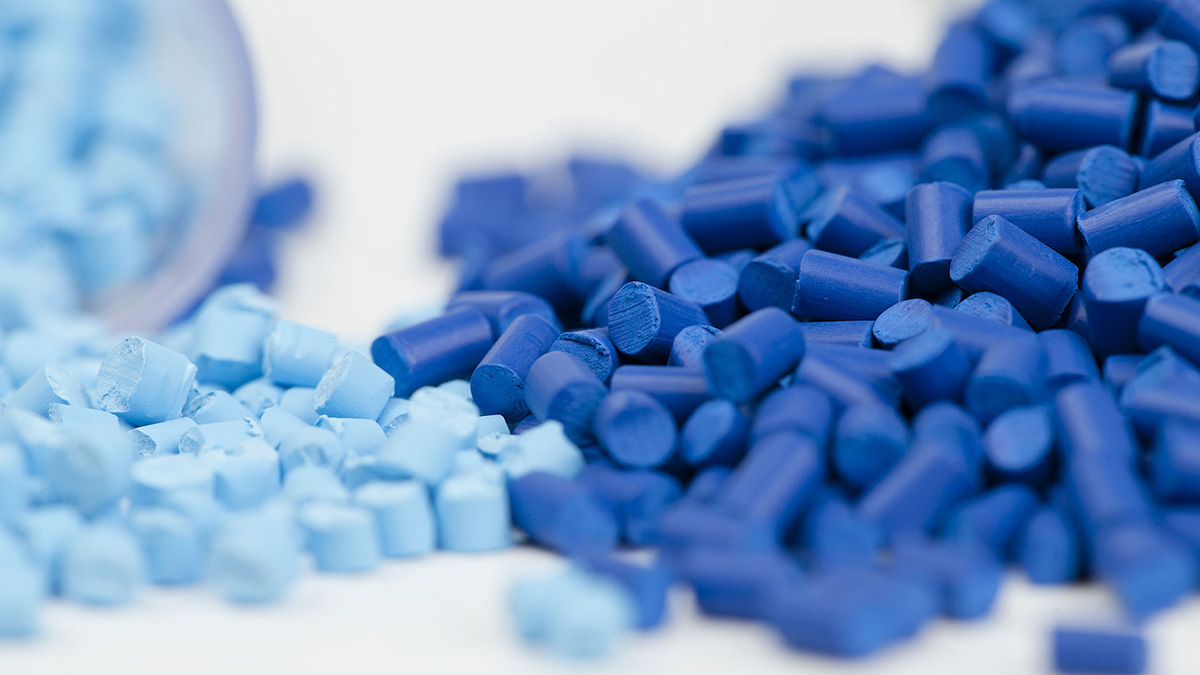Plastic granulation technology plays a pivotal role in the manufacturing of plastic products and the recycling of resources. It is employed to produce a diverse range of plastic products or raw materials, offering both environmental and economic advantages.
Understanding Plastic Granulation: Enhancing Manufacturing Processes
Plastic granulation is a critical process in plastic manufacturing and resource recycling, offering both environmental benefits and economic advantages. This method involves size reduction, making plastic suitable for various products or as raw materials. The utilization of plastic injection mold machines in the plastics industry faces limitations, such as cooling spots, skinning, and potential lack of exhaust devices during injection, leading to issues like bubbles and radial flow patterns.
A solution to these challenges lies in employing a twin-screw extruder for granulation. This technology boasts robust plasticizing capabilities and includes an exhaust device. The twin-screw extruder ensures material plasticization reaches a molecular level dispersion, with the vacuum exhaust device eliminating excess water and impure gases from decomposing materials.
Exploring Extrusion Granulation: Tailoring Techniques to Materials
Extrusion granulation employs two primary methods: hot cutting and cold cutting. The choice between the two depends on material properties. Cold cutting, suitable for materials like polyethylene and polypropylene, involves plasticizing the material through an extruder, forming a round strip that is then cut into cylindrical particles after water cooling. In contrast, hot cutting involves directly cutting newly extruded plastic into pellets using a rotating blade attached to the die plate.
The hot-cutting granulation process comprises a twin-screw extruder, die head, pelletizing device, pellet conveying device, and cooling fan. This method ensures efficient pelletization by extruding material into the desired shape, cutting it into fixed shapes, and cooling it during the conveying process.
Incorporating Crushing Granulation Technology for Recycling
Crushing granulation technology is instrumental in recycling waste plastics. This process involves crushing, cleaning, drying, and pelletizing to recycle plastics, with sorting being a crucial initial step. Magnetic separation equipment aids in removing metal-containing impurities, allowing for further sorting of mixed plastic waste. The resulting recycled materials are categorized into simple and composite plastics based on their components.
Applications of Twin-Screw Extruder Granulator: A Versatile Solution
Twin-screw extruders find diverse applications, including the production of masterbatch, blending modification, exhaust, reactive extrusion, and direct extrusion.
Production of Masterbatch: Twin-screw extruders homogenize, disperse, and mix additives in the polymer matrix, creating masterbatch—a mixture of plastic particles with high additive proportions.
Blending Modification: Incorporating reinforcing materials, such as glass fiber, enhances the performance of materials by achieving high strength and impact resistance.
Exhaust: The twin-screw extruder's mutual meshing improves exhaust performance, with specific elements used to build pressure and release volatiles.
Reactive Extrusion: Ideal for bonding monomers during extrusion, reactive extrusion benefits from the twin-screw extruder's excellent mixing performance.
Direct Extrusion: This process, suitable for less stringent dimensional uniformity requirements, offers efficiency in producing finished products like films, plates, and pipes directly from granular extruded plastics.
Quality Commitment in Twin-Screw Extruder Manufacturing
In the production of each twin-screw extruder, a commitment to meeting high-performance standards is paramount. Rigorous quality control is implemented throughout the manufacturing process, ensuring strict auditing and inspection of equipment and components. From design to production, meticulous attention is given to detail, ensuring the delivery of high-quality extruders capable of meeting diverse industrial needs.







.png)






